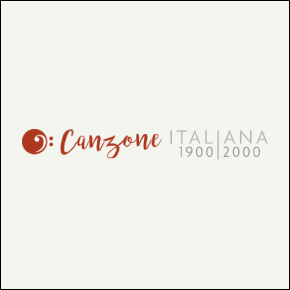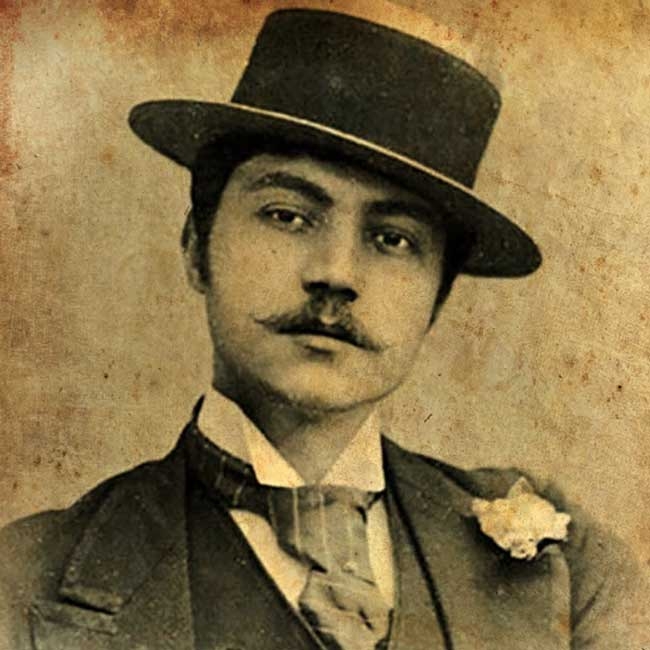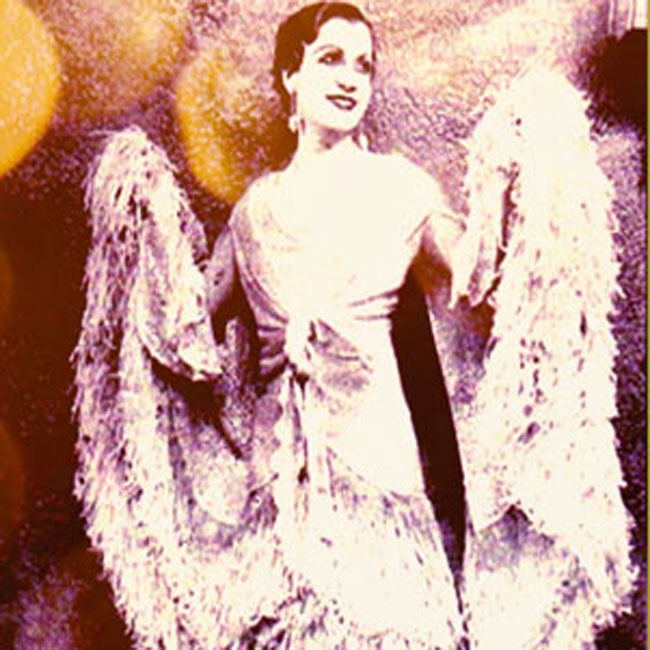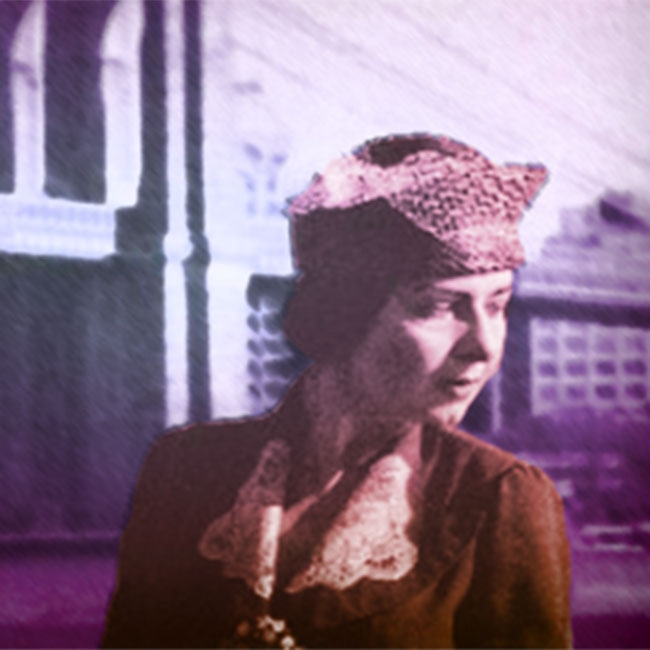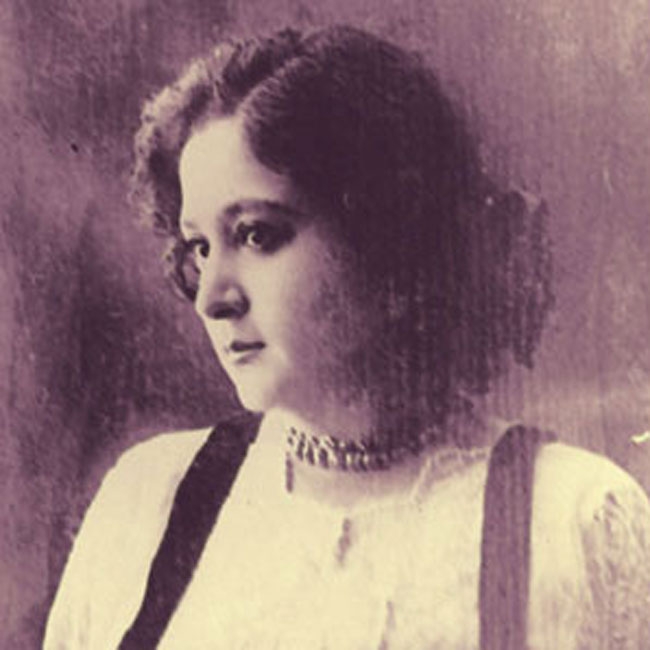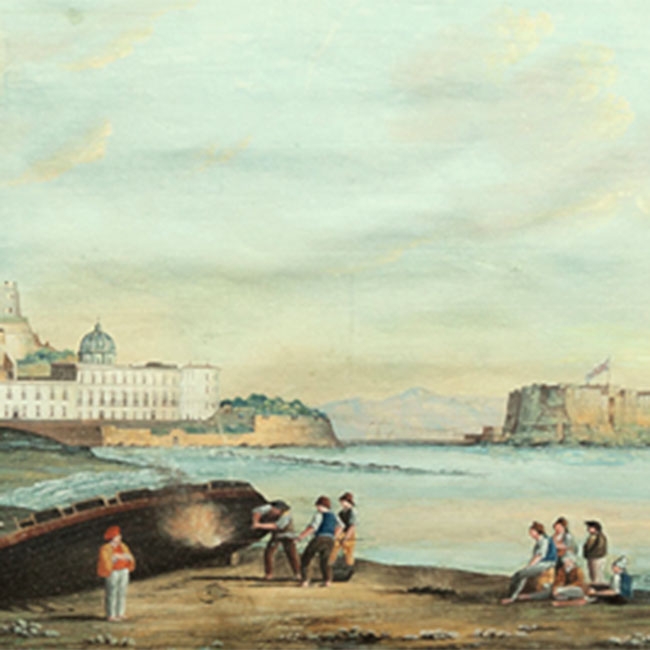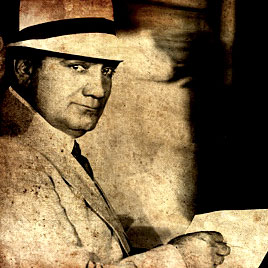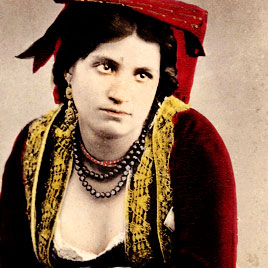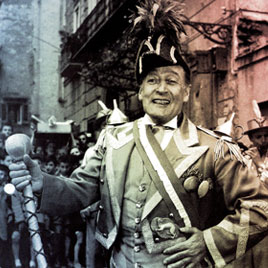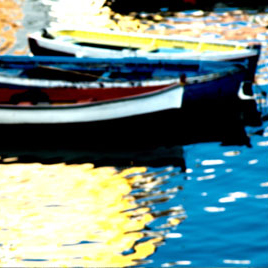THE NEAPOLITAN SONG
In the second half of the century, the Neapolitan song continued its path of renewal by drawing new lifeblood from foreign influences, which it assimilated and integrated in both its own soundscape and lyrics. Rock 'n' roll and Latin rhythms like cha-cha-cha were the first influences in a restyling that was partly due to the American presence in and around Naples even in peace time: many emerging interpreters gained experience in local clubs that were frequented by army men and tourists alike, mixing English, Italian and dialect, and thus giving rise to fruitful exchanges that placed the new repertoire in the cosmopolitan trends of the 1950s. If the classic Neapolitan song expressed its utmost brilliance between the two wars, it is true that many internationally-recognized standards arose out of these new creations. As a result of the same expansive strategy, the Naples Festival – whose first edition was in 1952, one year after Sanremo – saw the participation of both local and non-local artists and revived the status of Neapolitan music at the national level. The festival ended in 1970 (and was never resurrected despite a few short-lived attempts), just when a new generation of musicians finally ditched what was by then an old-fashioned idea of the song, promoting the Neapolitan Power, a sound that best reflected its time and opened up to the influence of rock, blues and soul. It was the beginning of the pop festivals season, which stretched the boundaries of a repertoire whose only common denominator was Neapolitan language. In those same years, other musicians rediscovered a music heritage that preceded the very birth of the song and was rooted in the oral and written folk tradition of the region Campania, frequently connected with theatre and high culture production. From there came a style that nourished the folk revival, while at another end of the spectrum contaminations with pop, disco music and rap emerged. The end of the millennium saw the birth of neo-melodic music, which would gain widespread popularity in the South of Italy.

